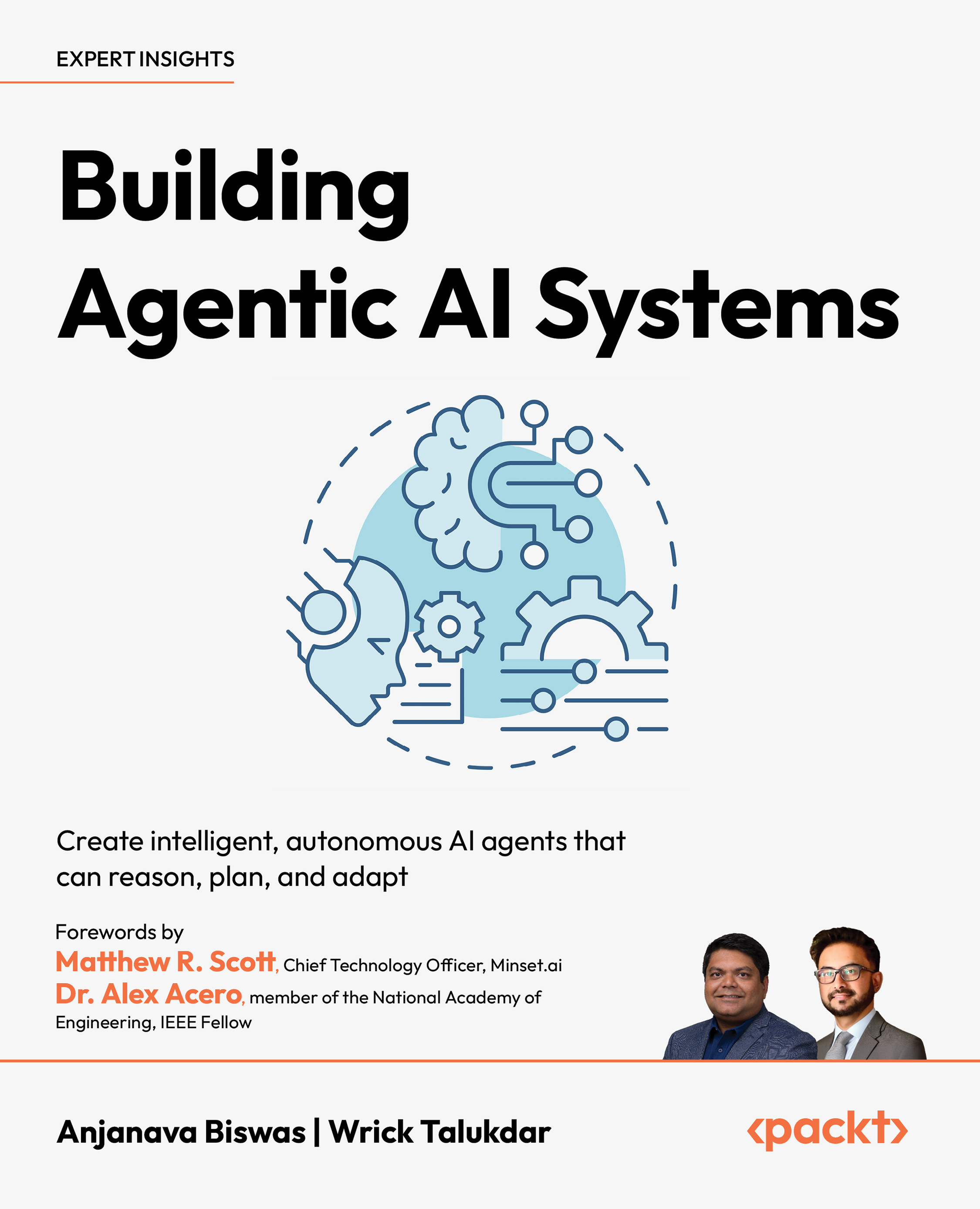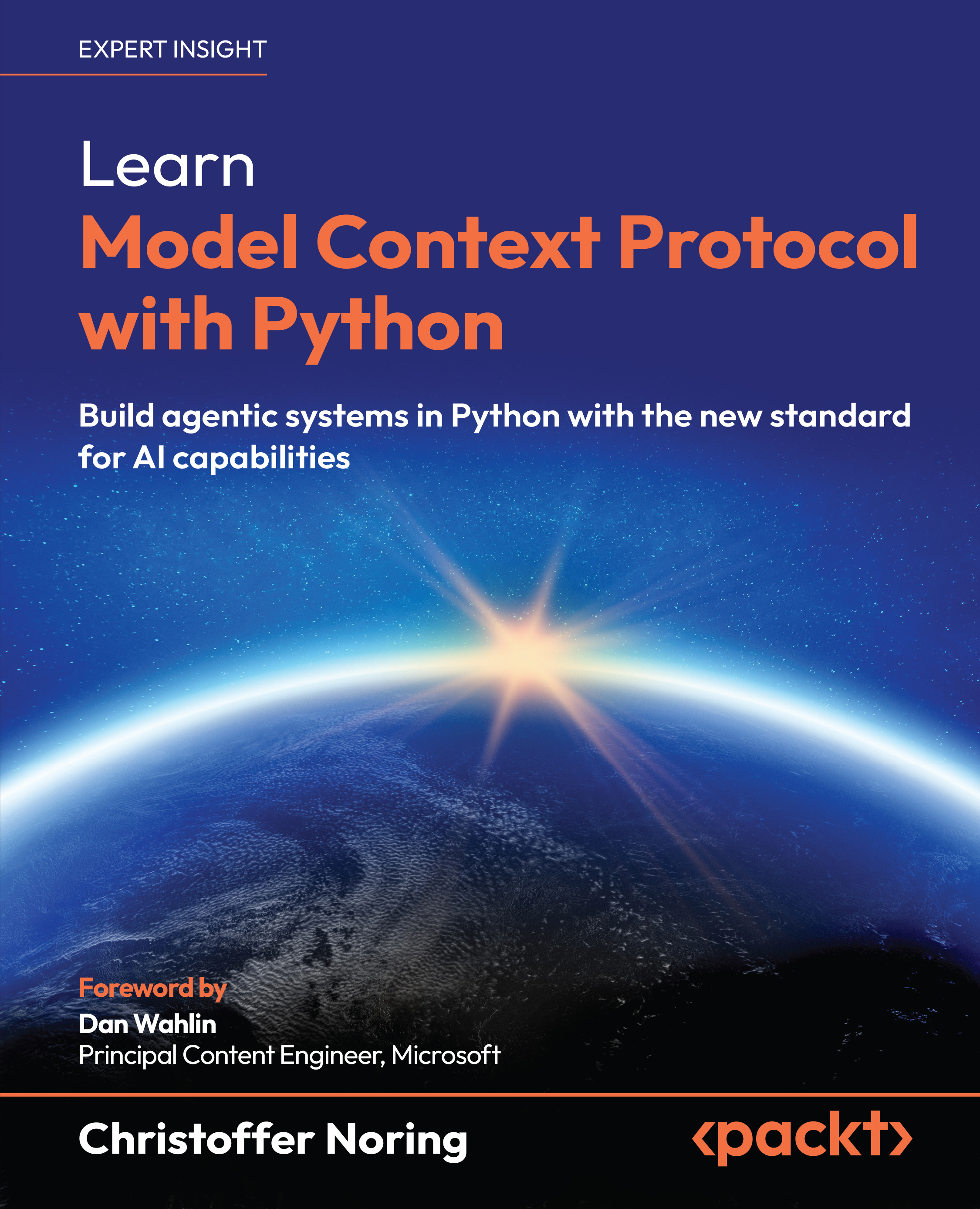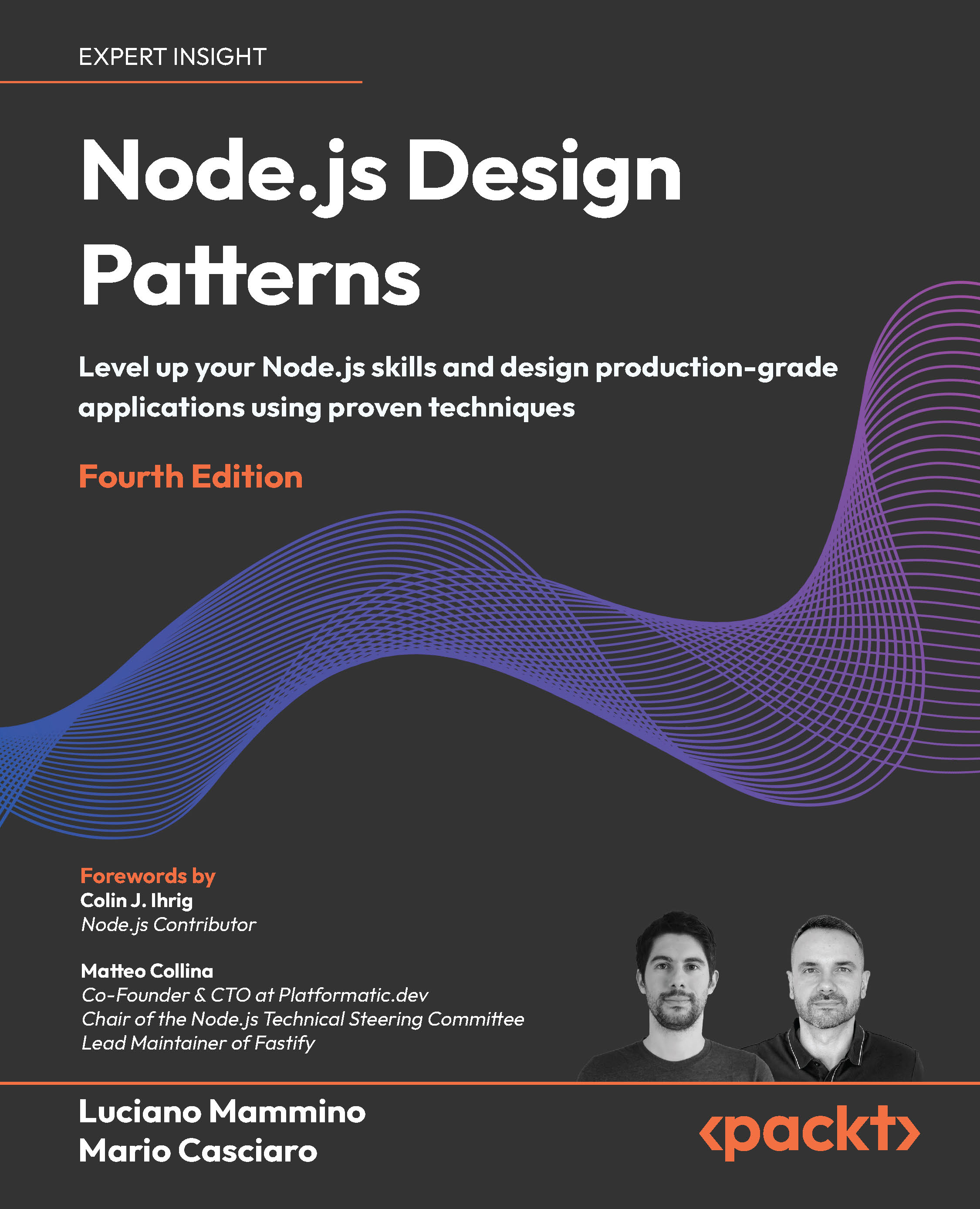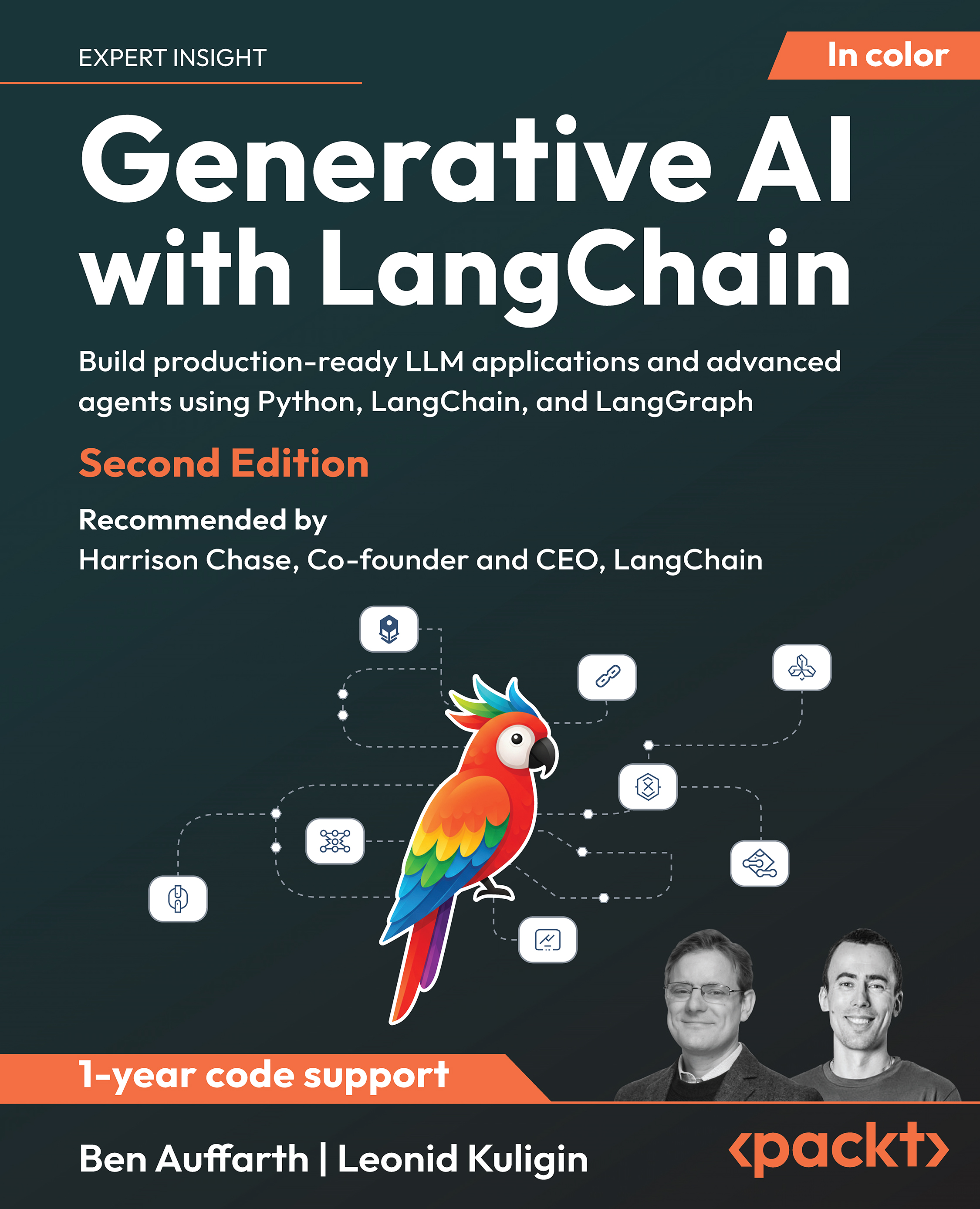❯❯❯❯ Optimizing Database Performance in Middleware Applications: This blog explores strategies to optimize database performance in middleware applications, covering parallelism, caching, write batching, request hedging, and connection pooling. These techniques help reduce latency, improve scalability, and enhance system efficiency, ensuring that middleware can handle high traffic, real-time processing, and complex data aggregation effectively.
❯❯❯❯ Unlocking Local AI: Build RAG Apps Without Cloud or API Keys. This tutorial covers how to build a local retrieval-augmented generation (RAG) application using Chipper, an open-source framework that eliminates cloud dependencies and API keys. It walks through setting up a self-contained RAG system with document ingestion, vector embedding storage, retrieval mechanisms, and local LLM integration via Ollama. The guide includes step-by-step instructions on installation, indexing documents, querying data, and running Chipper as an AI assistant, providing a private and efficient AI-powered workflow.
❯❯❯❯ Git Tags vs AWS Tags: A Tag-Tastic Showdown! This article humorously compares Git Tags and AWS Tags, highlighting their differences in purpose, usage, and consequences when ignored. Git Tags serve as historical markers for software versions, making debugging and releases easier, while AWS Tags help organize cloud resources, track costs, and prevent accidental deletions. The showdown covers real-world reactions, best practices, advanced tagging techniques, and the existential crisis of tagging. Whether managing code history or cloud expenses, proper tagging can prevent future confusion and chaos.
❯❯❯❯ Loading XML into MongoDB: This guide shows how to load XML into MongoDB using SmartXML ETL, avoiding complex parsing scripts. It covers defining extraction rules, optimizing stored data, and setting up a Flask API for insertion. SmartXML automates ETL, transforming XML into structured JSON for efficient MongoDB storage.
❯❯❯❯ Advanced Calendar Heat Maps in Tableau (No More Workarounds!) This tutorial teaches you how to create advanced calendar heat maps in Tableau using map layers for a dynamic, clean, and customizable design. It covers common pitfalls, step-by-step instructions, and interactive dashboards, helping you build better visualizations without traditional limitations or workarounds.
 United States
United States
 Great Britain
Great Britain
 India
India
 Germany
Germany
 France
France
 Canada
Canada
 Russia
Russia
 Spain
Spain
 Brazil
Brazil
 Australia
Australia
 Singapore
Singapore
 Canary Islands
Canary Islands
 Hungary
Hungary
 Ukraine
Ukraine
 Luxembourg
Luxembourg
 Estonia
Estonia
 Lithuania
Lithuania
 South Korea
South Korea
 Turkey
Turkey
 Switzerland
Switzerland
 Colombia
Colombia
 Taiwan
Taiwan
 Chile
Chile
 Norway
Norway
 Ecuador
Ecuador
 Indonesia
Indonesia
 New Zealand
New Zealand
 Cyprus
Cyprus
 Denmark
Denmark
 Finland
Finland
 Poland
Poland
 Malta
Malta
 Czechia
Czechia
 Austria
Austria
 Sweden
Sweden
 Italy
Italy
 Egypt
Egypt
 Belgium
Belgium
 Portugal
Portugal
 Slovenia
Slovenia
 Ireland
Ireland
 Romania
Romania
 Greece
Greece
 Argentina
Argentina
 Netherlands
Netherlands
 Bulgaria
Bulgaria
 Latvia
Latvia
 South Africa
South Africa
 Malaysia
Malaysia
 Japan
Japan
 Slovakia
Slovakia
 Philippines
Philippines
 Mexico
Mexico
 Thailand
Thailand















